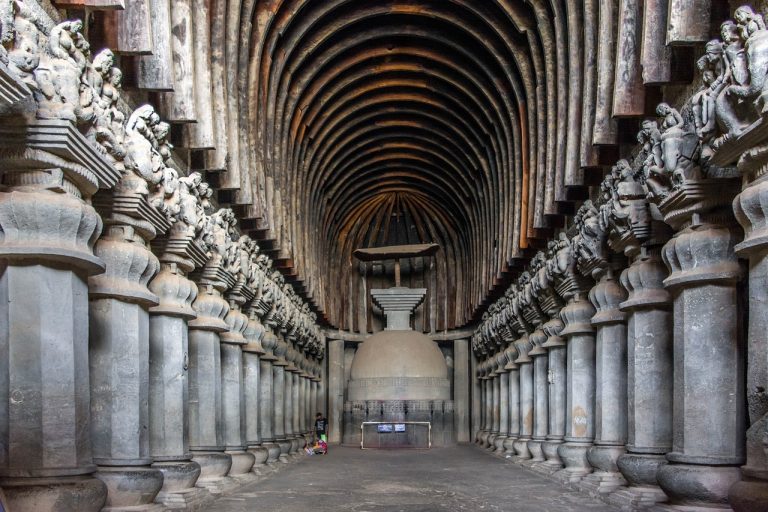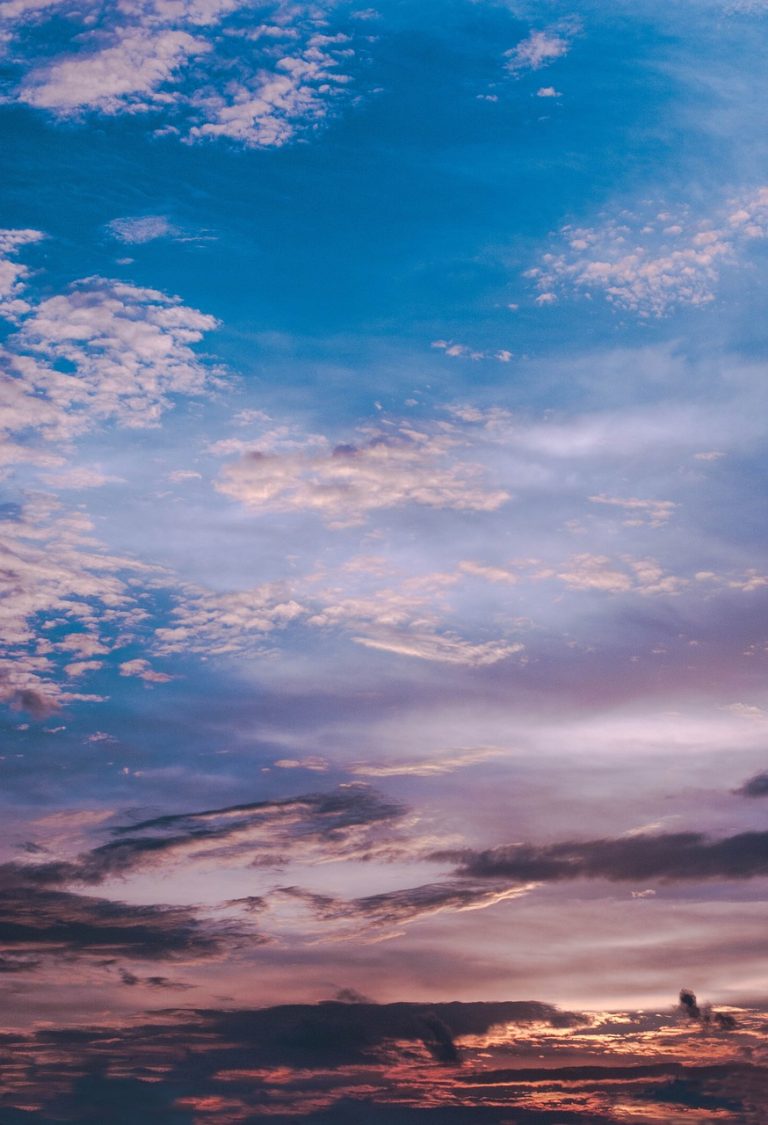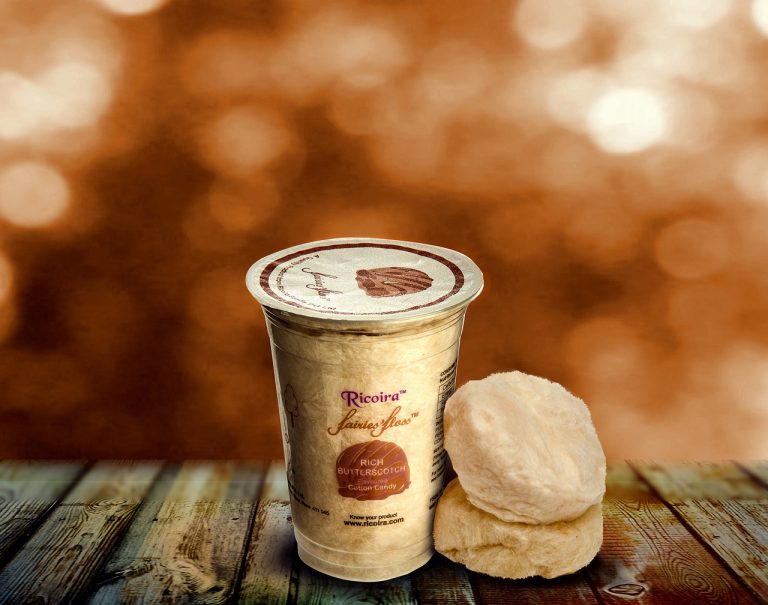Pune India Video
Traditional Festivals and Celebrations of Pune India
Pune, a vibrant city in Maharashtra, India, is known for its rich cultural heritage and traditional festivals. These festivals celebrate the city’s history, religion, and diverse communities. From colorful processions to elaborate rituals, Pune’s festivals offer a glimpse into its cultural tapestry. Let’s explore some of the traditional festivals and celebrations of Pune India.
Ganesh Chaturthi
Ganesh Chaturthi is one of the most significant festivals in Pune, dedicated to Lord Ganesha, the elephant-headed deity. The festival usually falls in August or September and lasts for ten days. The city comes alive with beautifully decorated idols of Lord Ganesha installed in homes, pandals (temporary structures), and public spaces. The festival begins with the grand procession of Ganesh idols, accompanied by music and dance. Devotees offer prayers, sing hymns, and participate in cultural performances throughout the festival. The immersion of the idols in rivers or lakes on the last day marks the end of the celebrations.
- Processions: Colorful processions with music and dance.
- Pandal Decorations: Elaborate decorations with lights and flowers.
- Prayers and Rituals: Devotees offer prayers and perform rituals.
Ganesh Chaturthi is marked by vibrant processions where devotees carry the idols of Lord Ganesha through the streets. Traditional music, dance performances, and enthusiastic chants create a festive atmosphere.
Pandals, temporary structures set up to house the Ganesha idols, are adorned with intricate decorations. Colorful lights, flowers, and other embellishments create a mesmerizing ambiance.
Devotees gather in homes, temples, and pandals to offer prayers to Lord Ganesha. Rituals like aarti (prayer), bhajans (devotional songs), and modak (a sweet delicacy) offerings are an integral part of the celebrations.
Pune India Image 1: 
Lohri
Lohri is a popular winter festival celebrated in Pune, primarily by the Punjabi community. It usually falls on the 13th of January and marks the end of winter and the arrival of longer days. Bonfires are lit, and people gather around to sing folk songs, perform traditional dances like Bhangra and Gidda, and distribute sweets and peanuts. Lohri holds great significance for farmers as it is considered an auspicious occasion to express gratitude for a good harvest.
- Bonfire Ritual: Lighting of bonfires and offering prayers.
- Folk Songs and Dances: Singing and dancing to traditional tunes.
- Community Gathering: Sharing sweets and peanuts.
Lohri is incomplete without the lighting of a bonfire. People gather around the fire, offer prayers, and seek blessings for prosperity and good fortune.
Folk songs and dances like Bhangra and Gidda are performed with great enthusiasm during Lohri. Colorful attire, energetic beats, and lively moves make it a joyous celebration.
Communities come together during Lohri to share sweets, peanuts, and other traditional delicacies. This act symbolizes unity and strengthens social bonds.
Navratri and Dandiya Raas
Navratri, meaning “nine nights,” is a vibrant festival celebrated in Pune to honor the Hindu goddess Durga. The festival usually falls in September or October and involves nine nights of worship, dance, and music. One of the highlights of Navratri in Pune is the Dandiya Raas, a traditional Gujarati dance form performed with colorful sticks called dandiyas. People dress in traditional attire and participate in energetic dance circles, accompanied by live music. The festival concludes with Durga idol immersion and celebrations on Vijayadashami, the tenth day.
- Garba and Dandiya Dance: Energetic dance forms with dandiyas.
- Traditional Attire: Dressing in vibrant traditional outfits.
- Live Music: Performances by renowned artists.
During Navratri, people engage in Garba and Dandiya Raas dances, characterized by synchronized movements and rhythmic clashing of dandiyas. The colorful attire, foot-tapping music, and energetic dance moves create an electrifying atmosphere.
Participants of Navratri and Dandiya Raas dress in traditional attire like chaniya cholis (colorful skirts) and kediyus (embroidered tops). The vibrant colors and intricate designs add to the festive spirit.
Navratri celebrations in Pune feature live music performances by renowned artists. These performances, accompanied by traditional instruments like dhol, dholak, and garba, add a melodious touch to the festivities.
Pune India Image 2: 
Gudi Padwa
Gudi Padwa marks the beginning of the Hindu New Year and is celebrated with immense enthusiasm in Pune. Falling in March or April, this festival holds great significance for Maharashtrians. The highlight of Gudi Padwa is the hoisting of a Gudi, a decorated pole with a bright green or yellow cloth, flowers, and a metal ornament. The Gudi symbolizes victory and is believed to bring good luck and prosperity. People dress in traditional attire, perform rituals, and exchange sweets and gifts to celebrate the occasion.
- Gudi Hoisting: Displaying the Gudi outside homes.
- Traditional Attire: Wearing traditional Maharashtrian clothing.
- Rituals and Prayers: Offering prayers and seeking blessings.
On Gudi Padwa, Maharashtrians hoist the Gudi outside their homes. The Gudi consists of a bamboo stick adorned with a silk cloth, mango leaves, and a copper or silver pot. It signifies the triumph of good over evil.
During Gudi Padwa, people dress in traditional Maharashtrian attire, with women wearing nauvari sarees (nine-yard sarees) and men donning dhoti and pheta (traditional headgear). The vibrant colors and intricate designs reflect the cultural heritage.
Rituals and prayers are an integral part of Gudi Padwa celebrations. People visit temples, perform aarti, and seek blessings for a prosperous year ahead.
Pongal
Pongal is a harvest festival celebrated in Pune by the Tamil-speaking community. It usually takes place in January and is dedicated to the Sun God, Surya. The festival spans four days and involves cooking a special dish called Pongal, made from newly harvested rice, lentils, and jaggery. Colorful kolams (rangoli) decorate the entrance of homes, and bull-taming events called Jallikattu are organized. Pongal is a time for thanksgiving to nature and rejoicing in the abundance of the harvest.
- Pongal Cooking: Preparing the traditional dish.
- Kolam Decoration: Creating intricate designs with colored powders.
- Jallikattu: Bull-taming events.
Pongal is named after the special dish cooked during the festival. People gather in homes and prepare Pongal, a sweet rice and lentil dish, in traditional pots over a wood fire. The aroma and taste of this delicacy are central to the celebrations.
Kolams, intricate designs made with colored powders, adorn the entrance of homes during Pongal. These vibrant patterns are believed to bring good luck and ward off evil spirits.
Jallikattu, a traditional sport of bull-taming, is a prominent feature of Pongal celebrations in some areas. Participants showcase their strength and agility in taming the ferocious bulls, creating an exhilarating spectacle.
Pune India Image 3: 
Conclusion
Pune, with its vibrant cultural heritage, offers a plethora of traditional festivals and celebrations that showcase the city’s diversity and rich history. From the grand processions of Ganesh Chaturthi to the energetic dances of Navratri and the bonfires of Lohri, each festival brings a unique flavor to Pune’s cultural tapestry. These celebrations provide an opportunity to witness the city’s traditions, rituals, and the spirit of unity among its residents.
References
– www.culturalindia.net
– www.maharashtratourism.gov.in
– www.drikpanchang.com
– www.punefestivals.com






